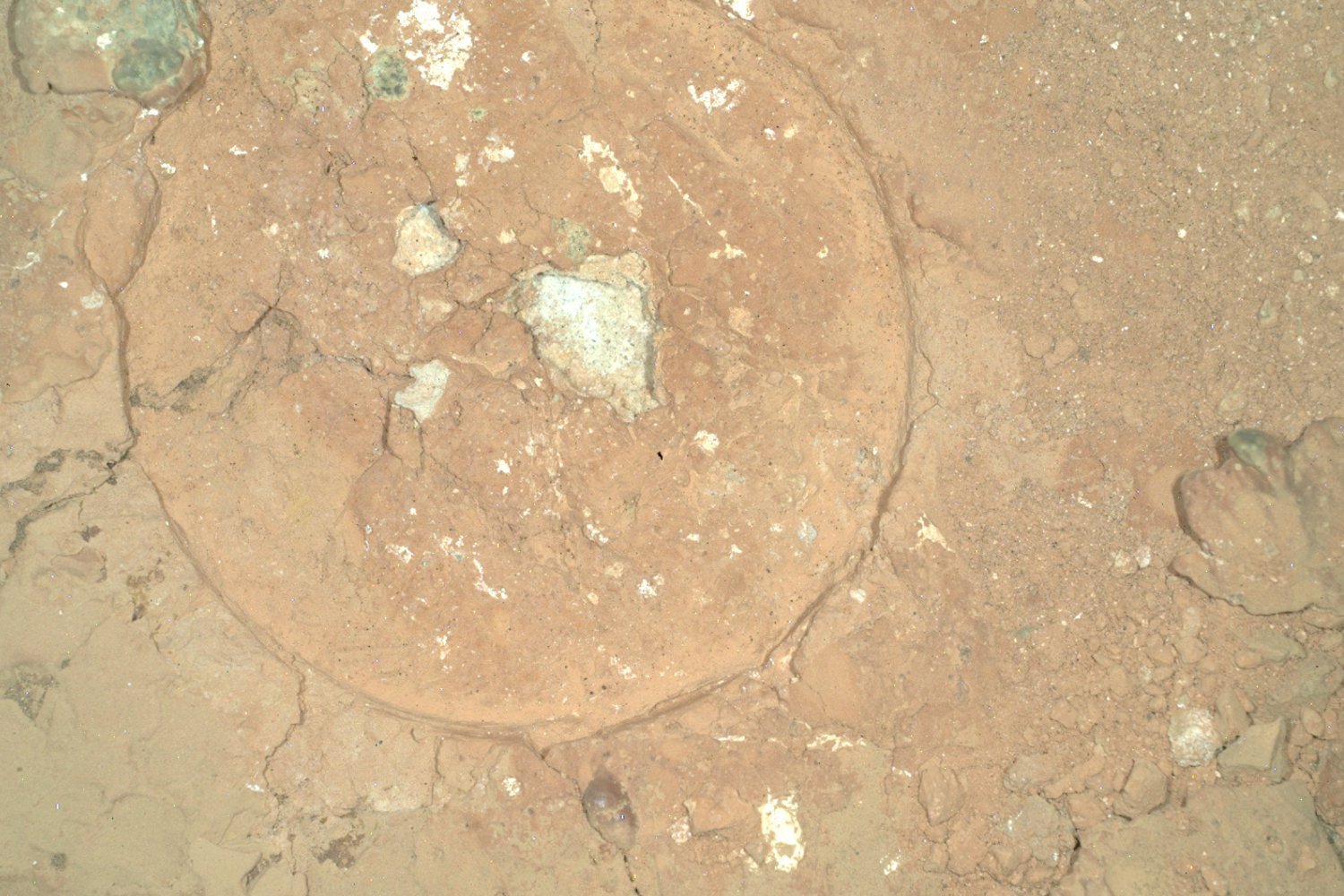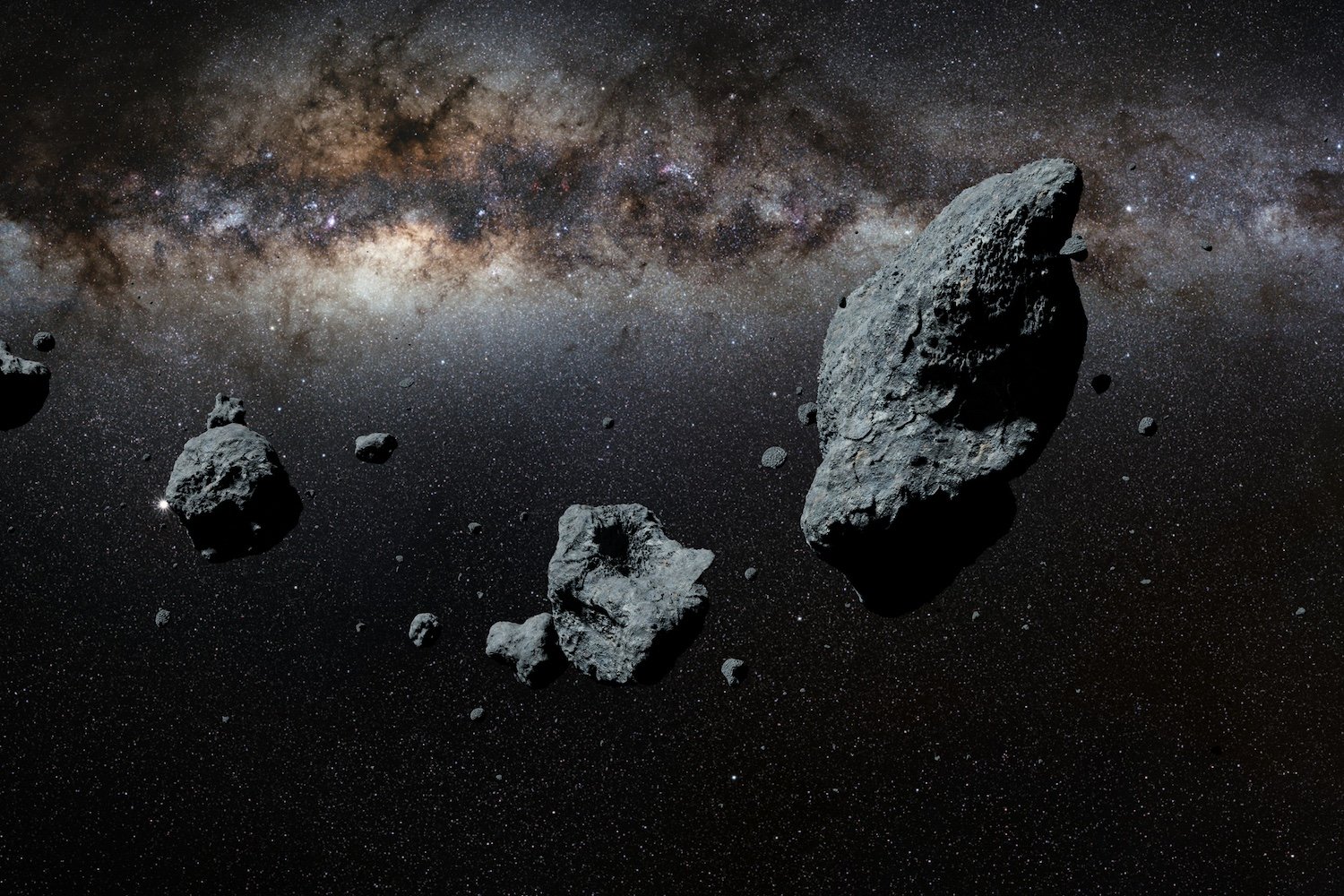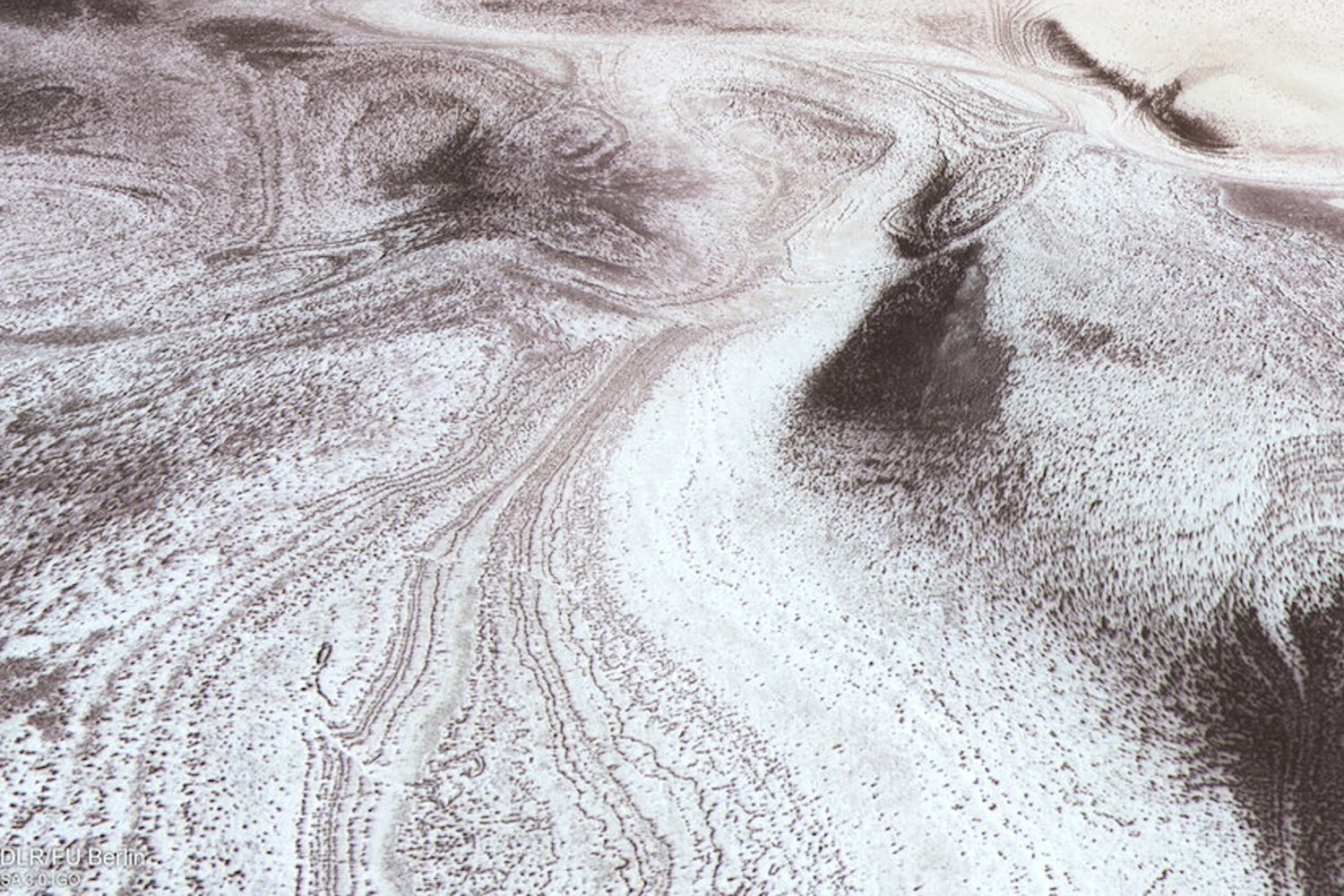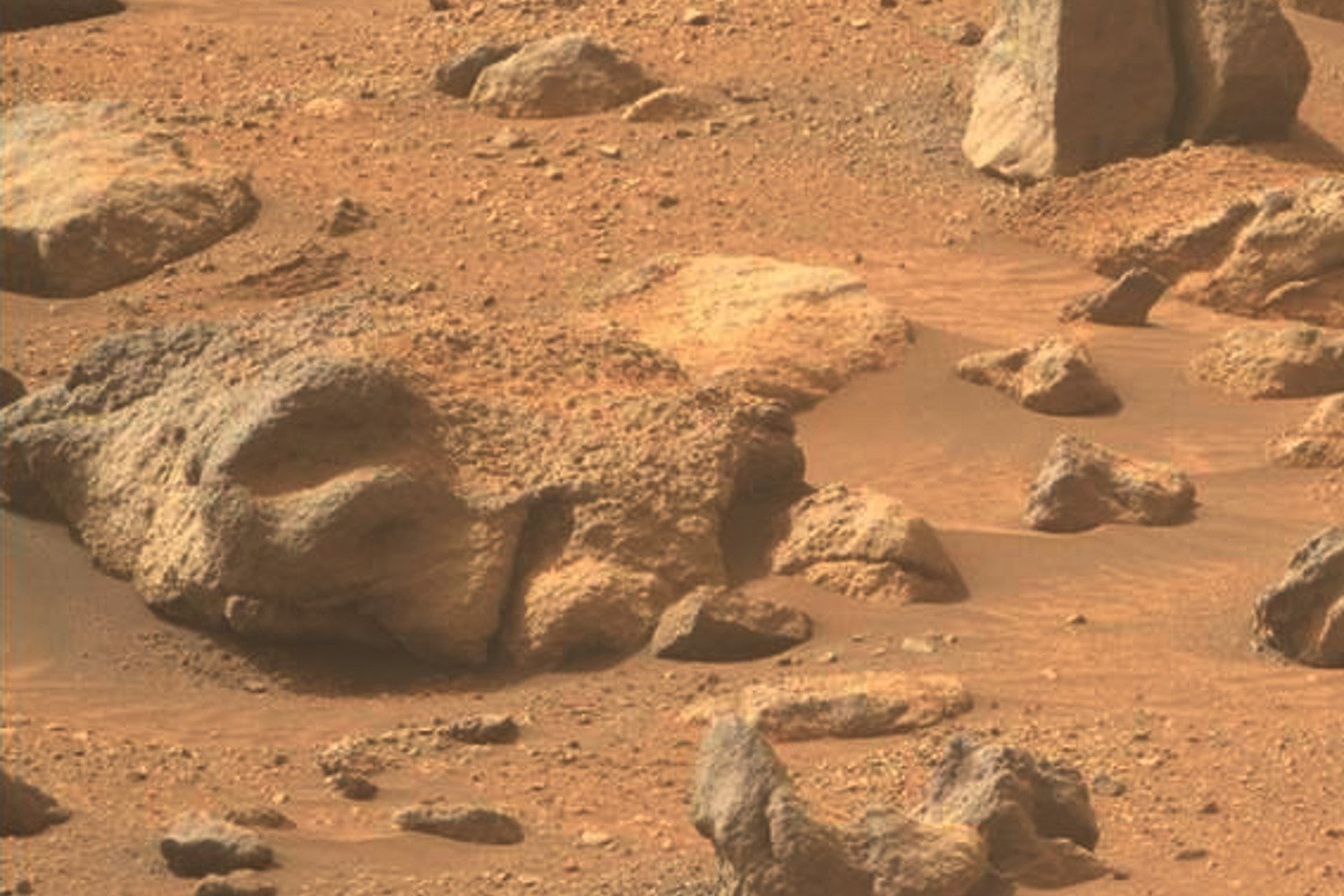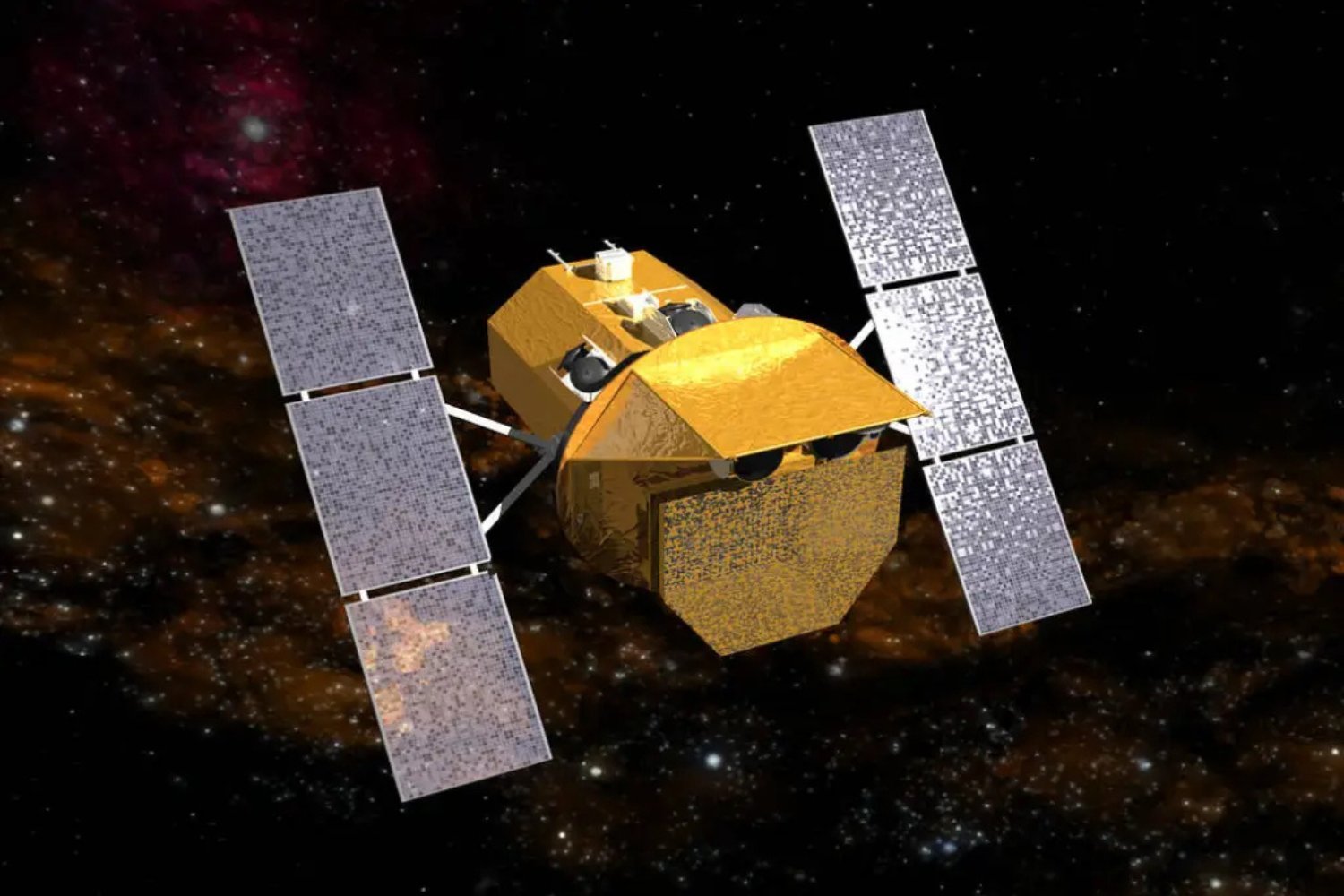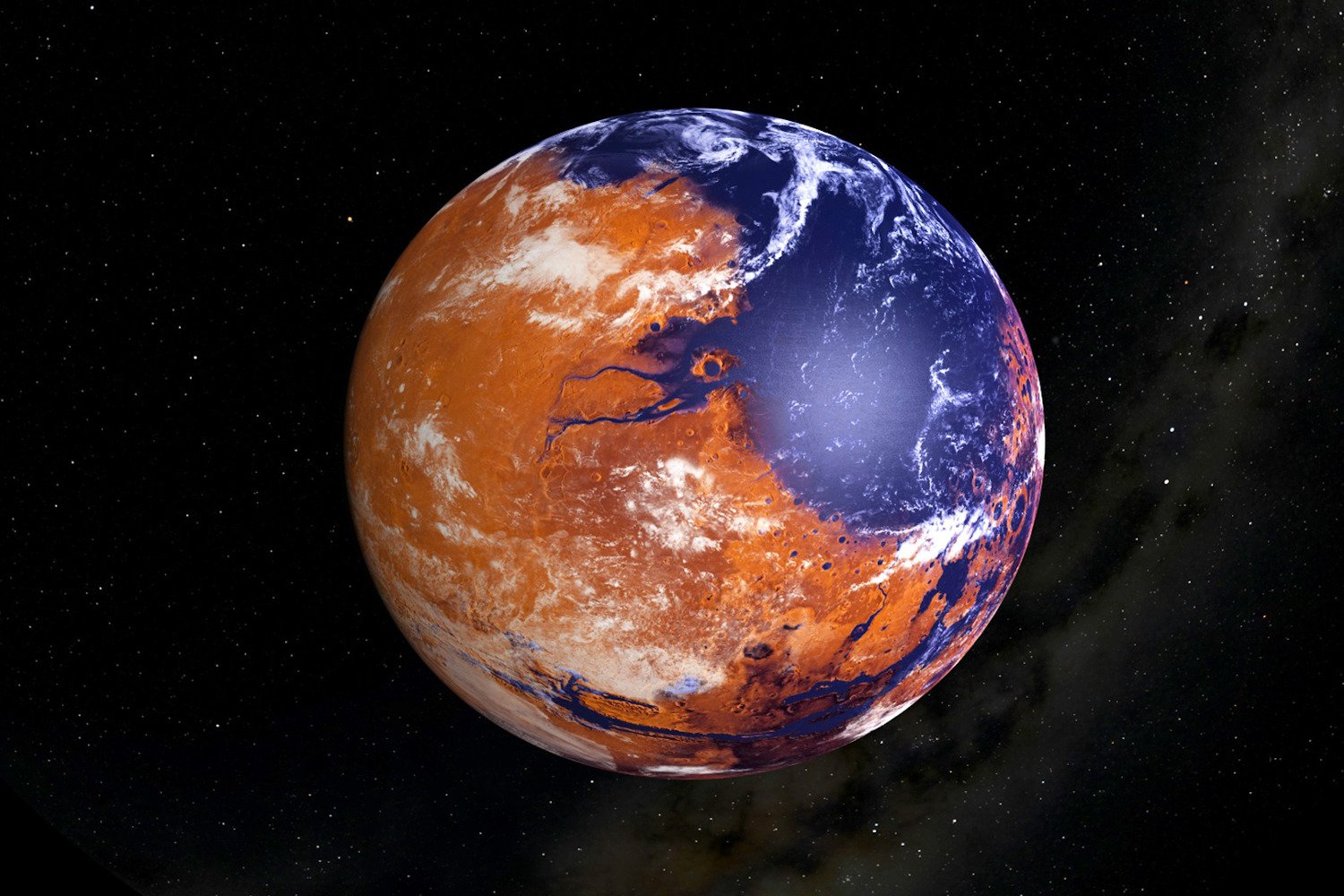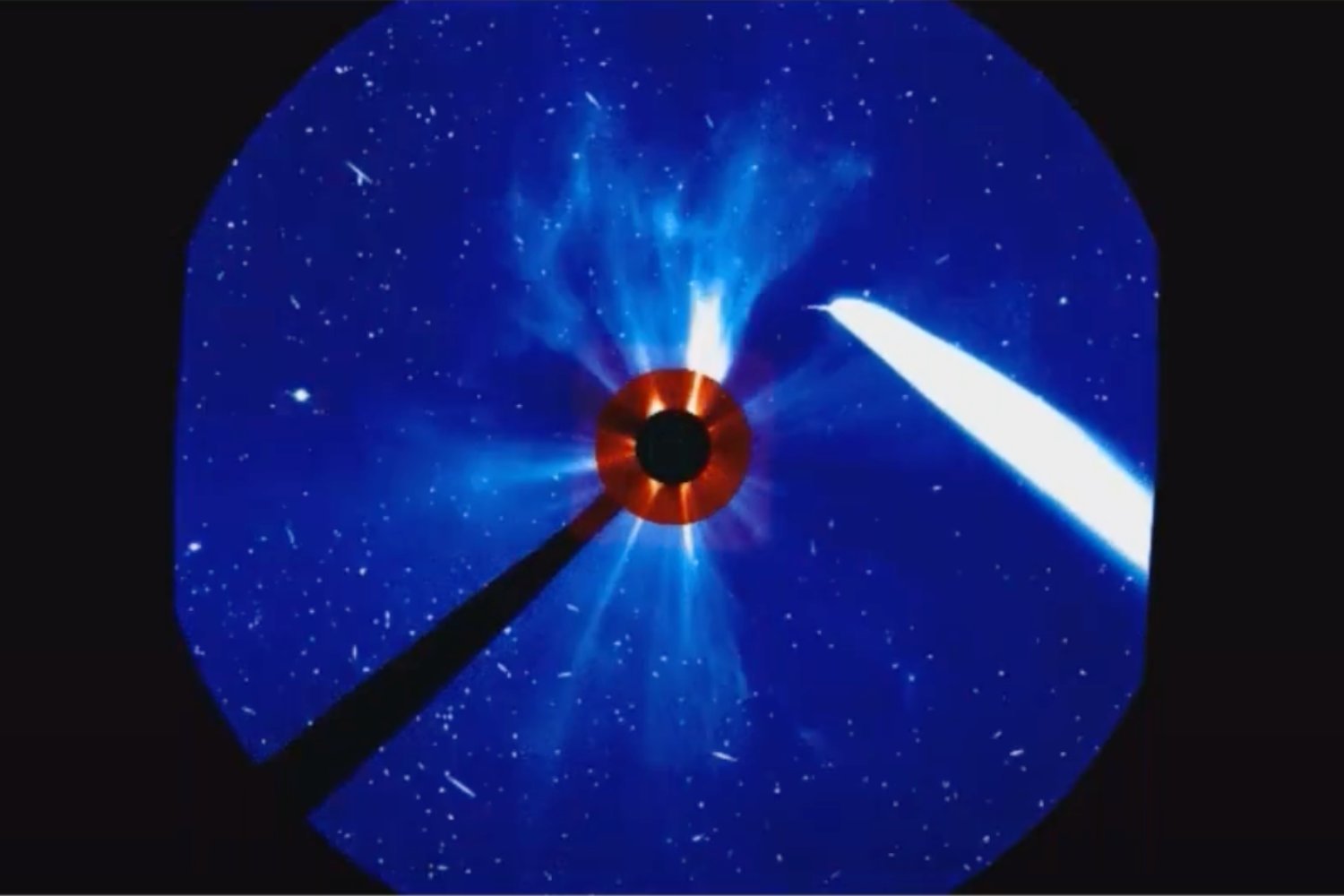The Perseverance rover’s exploration of Mars continues to yield fascinating discoveries. Recently, the rover encountered a red rock speckled with green blobs, offering tantalizing clues about the planet’s geological history and potentially its ancient environment. This enigmatic rock, as described by NASA, presents a unique opportunity to understand the processes that shaped Mars billions of years ago.
Perseverance’s primary mission is to search for signs of ancient microbial life in Jezero Crater, a location believed to have once held a vast lake. Since its arrival in February 2021, the rover has been diligently traversing the crater’s western edge, capturing images, collecting rock samples, and even gathering atmospheric data for eventual return to Earth.
The discovery of this particular red rock with green spots adds another piece to the puzzle of Mars’ past. While not direct evidence of life, the rock’s composition and appearance offer valuable insights into the planet’s watery history. The red hue is likely due to oxidized iron, a common feature on Mars. However, the green spots suggest a more complex story.
Scientists believe these green spots form when water interacts with iron-rich sediments before they solidify into rock. This process, known as oxidation, can be influenced by various factors, including the presence of organic matter or interactions between sulfur and iron. On Earth, microbes can even play a role in catalyzing this reaction.
The Perseverance team was eager to analyze the rock’s composition further. Using an abrading tool, the rover carved a small circular section into the rock’s surface, revealing the pristine material beneath, untouched by the harsh Martian environment. Unfortunately, the surrounding terrain limited the rover’s ability to deploy its full suite of instruments for a more detailed analysis.
Despite this setback, the discovery of the red rock with green spots underscores the potential for future discoveries. As Perseverance continues its ascent up the rim of Jezero Crater, it will undoubtedly encounter more geological wonders, further enriching our understanding of Mars’ evolution and the possibility of past life. Each new finding brings us closer to unraveling the mysteries of our neighboring planet.
The ongoing exploration of Jezero Crater, with its ancient lakebed and river delta, mirrors the search for the earliest signs of life on Earth. Stromatolites, fossilized microbial structures found in ancient rocks on Earth, serve as a model for what scientists might look for on Mars. While the red rock with green spots doesn’t definitively confirm the presence of past life, it provides valuable context for understanding the chemical and geological processes that shaped the Martian environment.



